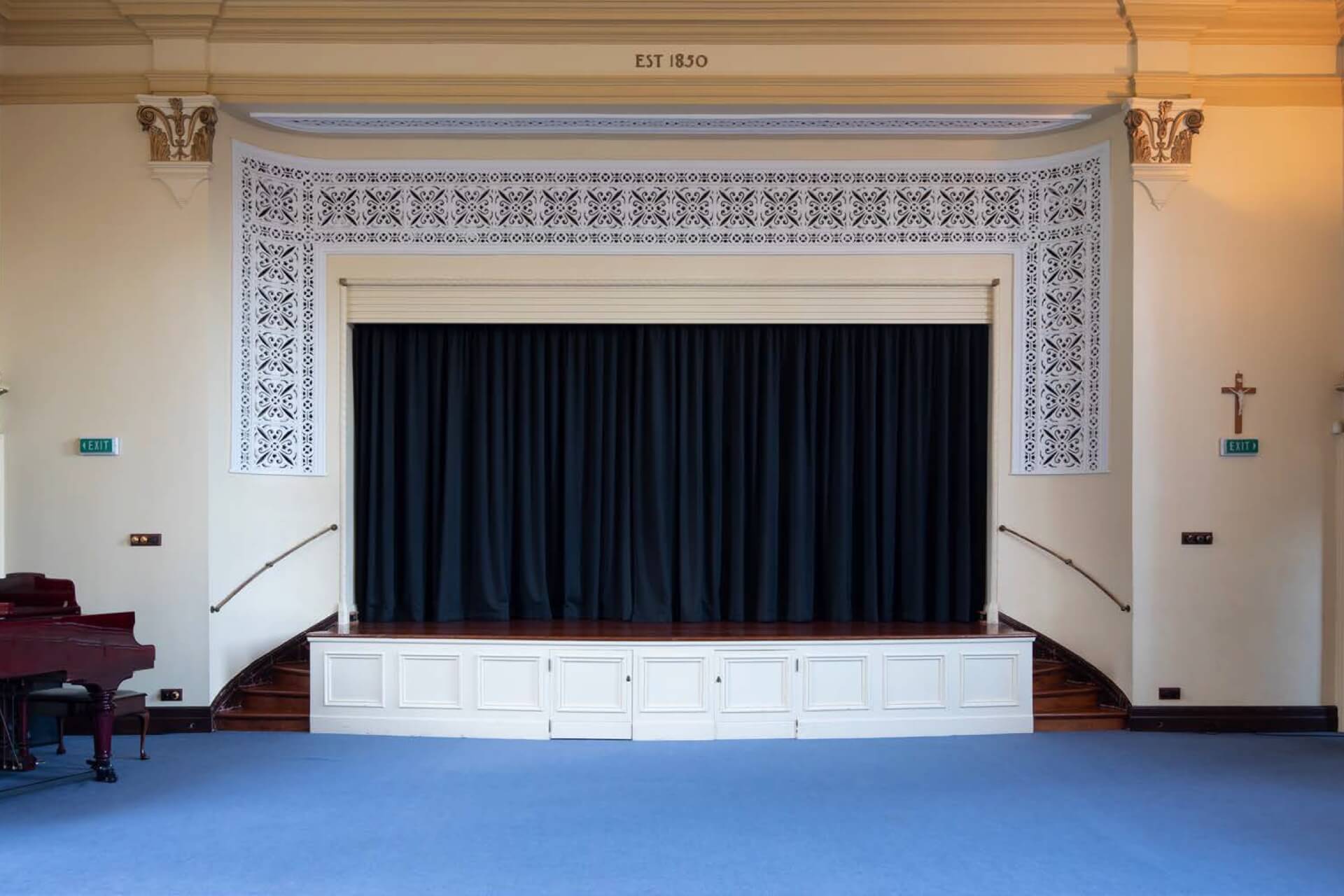Aug 2, 2021 Schools
The most shocking thing about the Government’s draft New Zealand history curriculum for five- to 14-year-olds is that there isn’t one already, which is itself a legacy of the colonisation project the new curriculum seeks to challenge.
The second most shocking thing is that the draft curriculum is not altogether terrible. The development of the draft curriculum emerged out of a 2018 debate over whether teaching the New Zealand Wars of 1845-1872 should be compulsory. Education Minister Chris Hipkins adopted the usual Wellington weasel words, saying he wanted schools to teach the wars but not compulsorily. The New Zealand History Teachers’ Association then petitioned Parliament to make compulsory not just the wars but also “the coherent teaching of our own past across appropriate year levels in our schools”.
Prime Minister Jacinda Ardern backed the history teachers, announcing in September 2019 that the new curriculum would be developed and made compulsory for Years 1-10 from next year. The Ministry of Education produced a draft to mark this year’s Waitangi Day, and teachers, parents and the public had until the end of May to tell them what we thought of it. A final version will be produced later in the year.
The curriculum is situated firmly within the social sciences. It doesn’t try to tell the story all the way back to Gondwanaland of how this reasonably large, inhabitable, yet mammal-free (except for bats and seals) landmass came to be the last stop on the line. Nor, for example, will it tell how Taupō’s Ōruanui eruption nearly 30,000 years ago affected the whole course not just of New Zealand but of all human history.
Arguably, it’s odd to ignore the origins of the land and its location within a vast sea given the centrality of whenua and moana to what it is to be Māori. Under some interpretations, Māori didn’t so much come to Aotearoa as be made by it. Still, no curriculum can cover everything.
Based on the decision to be a history of our country’s peoples rather than just events on this landmass, the story rightly begins before the settlement of Aotearoa, telling the story of the voyages across the Pacific by those who would later become tangata whenua. The curriculum says their navigation to Aotearoa New Zealand was deliberate and skilful. That radically understates it. The discovery and settlement of the world’s most isolated inhabitable landmass 1000 years ago using the available technology and only the stars for guidance was the most extraordinary maritime achievement in history. The saga is most gripping when traced all the way back to the departure from East Asia 4000 years ago, as the draft curriculum seems to intend.
The curriculum then aims to cover how Māori adapted to and changed these lands, and how they applied mana, whakapapa, manaakitanga, mauri and kaitiakitanga to pre-European economic life and custodianship of the environment. However, in its generally positive submission on the draft, the expert panel set up by the Royal Society Te Apārangi at the request of the Ministry of Education says it worries this first 600 or so years of human settlement in Aotearoa isn’t covered well enough. Hopefully, that will be fixed and teaching resources will be developed to bring to life the adventures, discoveries, battles and romances that must have occurred over the centuries before Abel Tasman and James Cook showed up. There’s a story behind every local place name to get kids engaged.
It is after contact between Māori and Europeans that the draft curriculum really risks being incomplete. Mostly, this is because its lens seems to remain exclusively Māori. The Royal Society Te Apārangi says it omits, or covers only lightly, the very first encounters between Māori and Europeans, economic activity as a driver of New Zealand history, the experiences and perspectives of wāhine Māori and other women, the impacts of disease, the development of labour rights and the welfare state, changing demographics, and the events of the late 20th century that led to the emergence of a new New Zealand identity.
The almost exclusive use of a Māori lens means colonisation, for example, is described as “a worldwide imperial project” that “sought to assimilate Māori through dislocation from their lands and replacement of their institutions, economy, and tikanga with European equivalents”. That’s all true, but the curriculum might also explore how and why Europeans developed the social organisation, technologies and motivations to do it. Until space exploration came along, Cook and his crew could lay claim to have travelled “farther than any man”, including deep into the Southern Ocean. Despite all the differences between Māori and the European settlers, they have in common that they were both the greatest maritime voyagers the world had ever known when each separately found their way to these remote islands.
Why, the curriculum could go on to ask, did Māori then choose to deal with the British rather than the French and Americans hanging around the Bay of Islands in the early 1800s? Why did Hongi Hika head to London rather than Paris or Washington in 1820? What prompted the 13 Ngāpuhi chiefs to write to King William IV in 1831 to seek an alliance and protection from other powers, rather than to Louis Philippe or Andrew Jackson? Why did mainly northern chiefs form the United Tribes of New Zealand in 1835 and sign a Declaration of Independence, and why did King William recognise it? Would Te Tiriti o Waitangi have been signed five years later without it?
After 1840, how might New Zealand history have developed differently had Governor Robert FitzRoy not been recalled to London for applying his Victorian values to side with Ngāti Toa over the New Zealand Company after the Wairau incident in 1843? Similarly, what might have happened had that other liberal Victorian, Governor Arthur Gordon, not taken his trip to Fiji in the spring of 1881, during which Premier John Hall ordered the invasion of Parihaka?
If the curriculum is to genuinely explore issues such as encounter, clash, partnership, betrayal and reconciliation between Māori and the newer settlers under Te Tiriti, it should put them in a context that flows from social, economic and environmental factors in the Pacific and back to East Asia over the past 4000 years. But, equally, it should put these issues in the context of the historical forces in Europe that also remain directly relevant to New Zealand today.
Why, for example, does Section 29 of the Magna Carta remain black-letter law in New Zealand, 724 years after it was signed by Edward I in England in 1297? If nothing else, recognising such ancient contributions by the British partner to contemporary New Zealand makes a mockery of talkback callers saying Te Tiriti is irrelevant because it and the subsequent breaches happened too long ago.
The curriculum needs to put in context the contribution of others who discovered Aotearoa in their own way, from China, the Pacific and elsewhere — and acknowledge their appalling treatment by the New Zealand colonial state. The imposition of a poll tax on Chinese immigrants in the 1880s and Chew Chong’s pioneering role in the dairy industry the same decade are important stories of state oppression on the one hand, and self-empowerment on the other. So, too, the disgraceful Dawn Raids and the establishment of the Polynesian Panther movement in the 1970s.
Likewise, wherever you stand on any of the specific events of the late 20th century, the Māori renaissance, the local anti-Vietnam War and anti-apartheid movements, the UK turning its back on its old colonies in favour of Europe, the freeing and opening of the New Zealand economy after Muldoon’s failed effort to protect us from the reality of globalisation, the anti-nuclear policy and break with Washington, the launch of the Treaty settlement process and the rise of Asian immigration are all crucial to understanding the New Zealand we live in today.
That is, if the history of New Zealand peoples is understood as woven, the curriculum must give some attention to the origins and experiences of all the major strands. As it is, it is in danger of placing Māori history so completely in the centre that it risks deifying Māori while at the same time denying their agency since 1769.
Still, until very recently, whatever history was taught in New Zealand schools was exclusively European, drawn more from the playing fields of Eton than the battlefields of Waikato. A correction is well overdue. No obvious subtractions are needed from the draft curriculum. But, with some important additions, such as those proposed by the Royal Society Te Apārangi, the final version has the potential to serve our next generation admirably as they navigate the next chapters in the story of all the peoples who have made New Zealand home.
—
This story was published in Metro 431 – Available here in print and pdf.






